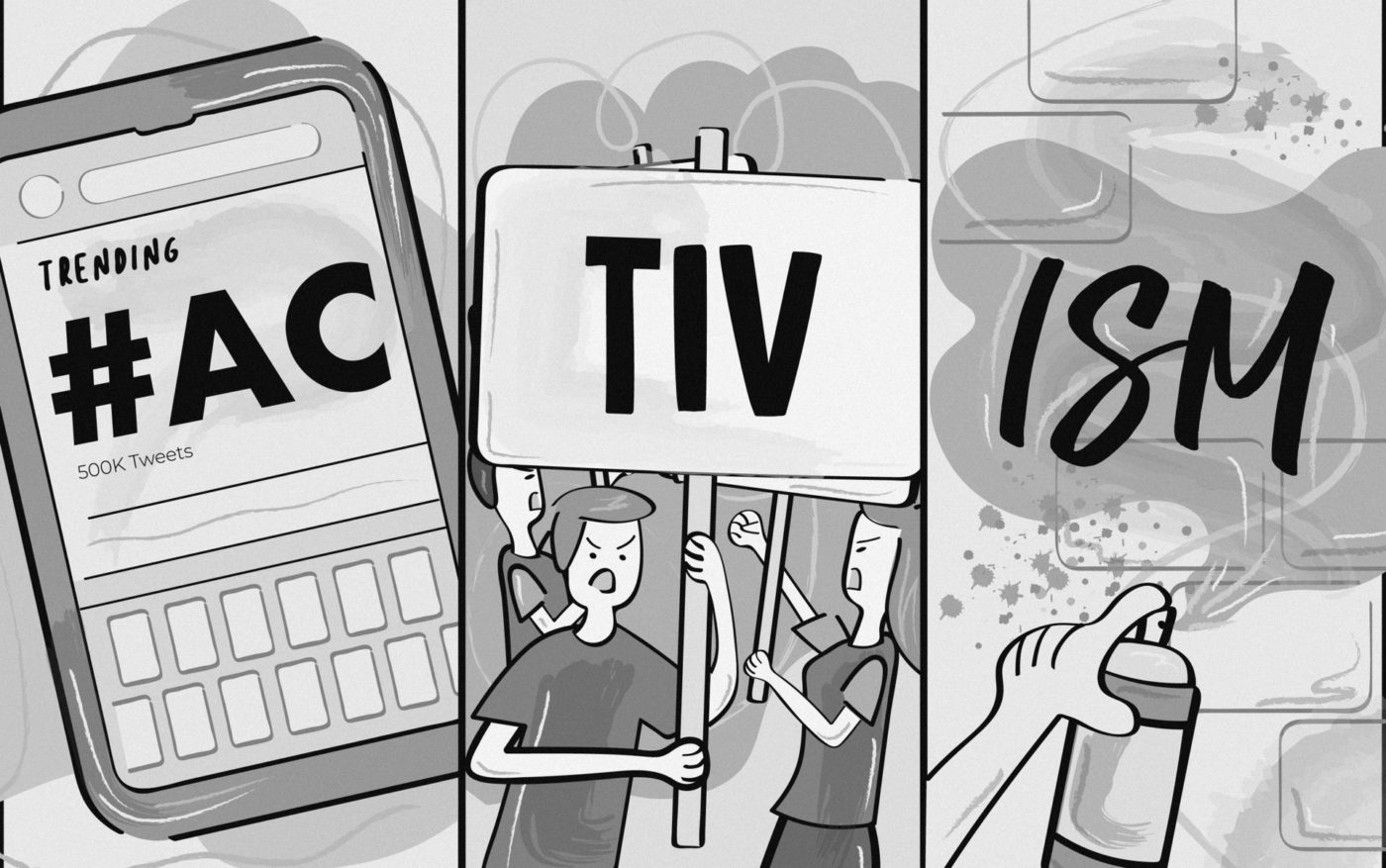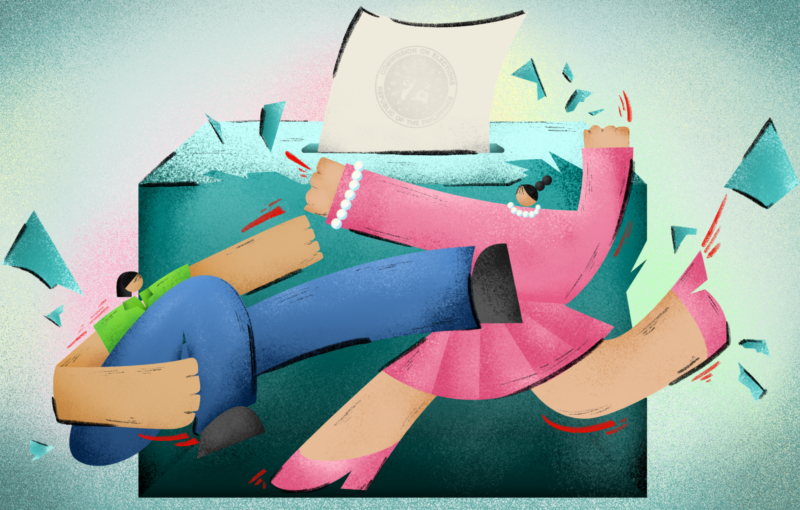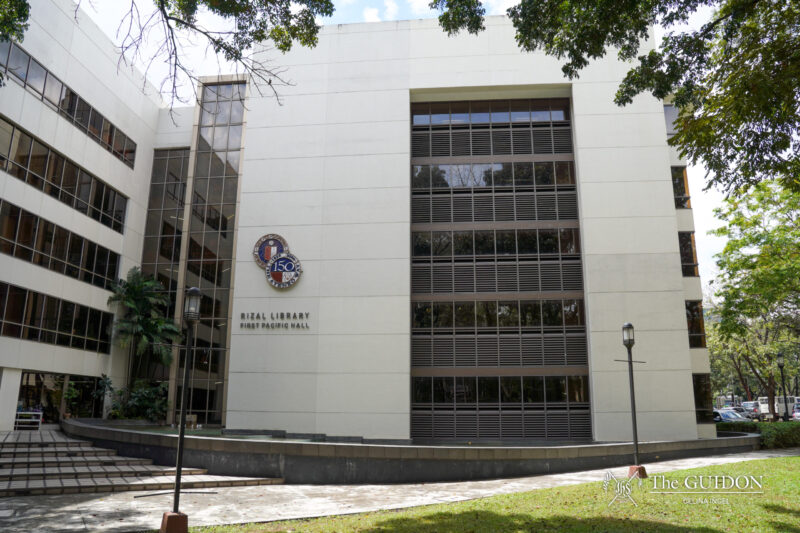
Earlier this year, Hong Kong citizens took to the streets in a groundbreaking protest against China. With over a million attendees, citizens expressed their opposition to a proposed amendment to the Fugitive Offenders and Mutual Legal Assistance in Criminal Matters Legislation Bill that would allow criminals to be extradited to China. Fearing this would erode Hong Kong independence, citizens protested for five weeks, leading to the bill’s indefinite suspension. To this day, Hong Kong citizens continue their protest to fight for democracy and police liability, among other demands.
In the Philippines, such a practice would be associated with the aktibista stereotype many of us have grown to hear. This could be attributed to how local activism has been linked to unruliness, unnecessary violence, or even terrorism. Perceptions like these can be traced back to the government’s attempts to discourage activists with threats to expel student protesters or even kill human rights advocates who are critical of the Duterte administration’s war on drugs.
An exercise of rights
Although protest is a noble cause, activism is not just done for the sake of praise, but to promote solidarity, demonstrate the power of people, and bring about change. At its foundation is the practice of democracy, particularly the right to public assemblies granted by the country’s 1987 Constitution. To ignore these privileges would be tantamount to acquiescence to injustices.
With a rich history of massive rallies, like the EDSA Revolution against Martial Law, physical protest has often been viewed as the only means of activism in the Philippines. In these protests, rallyists must physically go into the streets, rendering those without the time and resources unable to participate.
However, demonstrative rallies are only one of the many forms of resistance we have today. Being unable to join in protests due to scheduling and logistical issues should no longer be an excuse given the other means of resistance we have at our fingertips.
Transitioning online
The 21st century introduces a different form of activism as it brings the discussion online. Consequently, the power of online activism wields a force most demonstrative rallies aren’t able to exhibit: Ubiquity.
Through online activism, those unable to protest physically have the option to do so online. This is evident through the #LoveWins, #MeToo, and #BlackLivesMatter online movements–all of which have all changed the international protest scene in recent years.
Notably, #BlackLivesMatter generated many concrete policy changes, like the increased use of body cameras by police to ensure accountability. In the United States alone, #MeToo is responsible for 261 passed laws that address issues advocated by the movement. In 2013, the Philippines’ largest anti-graft demonstration since 2010 originated in social media after a post made its rounds online calling people for a “Million People March.” These instances prove the importance of a protest’s online presence, and how without it, a protest runs the risk of dying out.
Countering slacktivism
However, such an accessible avenue can sometimes turn politics into pastime. While online activism makes it easier for people to discuss, meet up, and demand for change, it is said to be “easy to click, but just as easy to disengage,” which was later dubbed slacktivism.
This may be attributed to the Filipino trait of ningas kugon, wherein we tend to start things ardently only to have our enthusiasm diminished later. To counter this lukewarm engagement in protest, Filipinos must realize that online activism is not the end-all, be-all of activism. Instead, it should only serve as a stepping stone towards going beyond social media and working towards concrete change.
The #BabaeAko movement, for instance, began as a social media campaign. After generating support online, more than a thousand women marched in the streets, even gaining global recognition as they condemned President Duterte’s misogynistic remarks.
Similarly, the territorial dispute between China and the Philippines sparked outrage online, prompting Filipinos to storm the streets carrying images of Winnie the Pooh meant to protest against President Xi Jinping when he visited the country.
As online activism is fully utilized, it’s important to note that true protest is much more than holding signs in streets or posting hashtags—resistance requires raising awareness in everyday life. Fortunately for us, we have all the means to make that happen at our disposal.
Editor’s note: The online version of this editorial has been updated to reflect that the Hong Kong protests are still ongoing. This information was not included in the printed version of the article.







